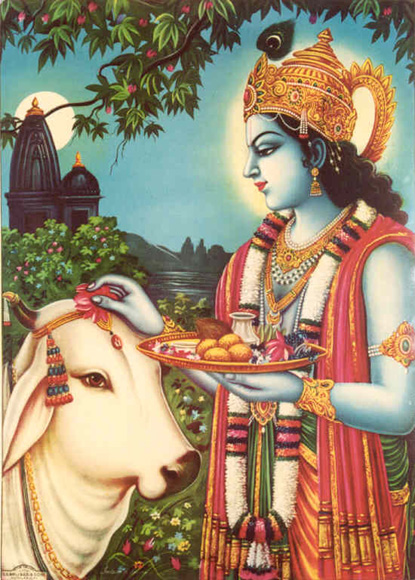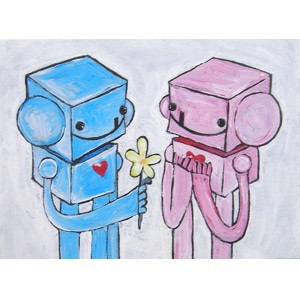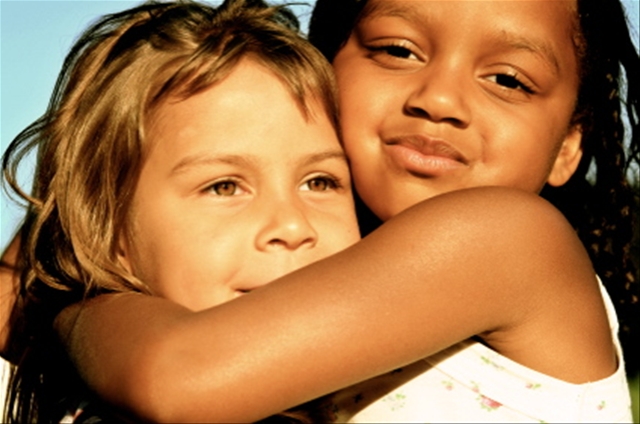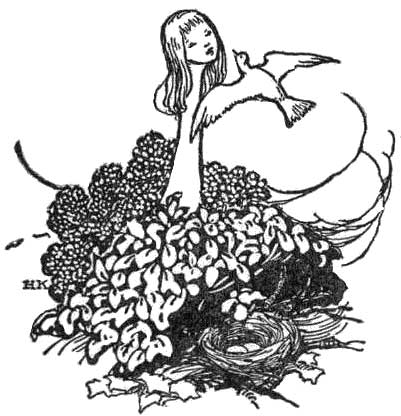From where does my totem animal, the hummingbird, originate? Hummingbirds are uniquely American, they only live in the Western Hemisphere, so it follows that they are common in Native American folklore and spirituality. But hummingbirds are not such common animals, and have not appeared to me so often. So from where do they originate as my totem? The hummingbird is inside of me, the strongest animal impulse I contain. The hum of its flight is manifest in the hum of my busy thoughts, the rigor of its heartbeat appears in the rigor of my passions. It is not only my spirit guide, but rather my spirit, that the hummingbird embodies. So how did I come to relate so strongly to this animal, to recognize it inside of me?
There was a jolt of something - electricity perhaps - at the tip of my finger, and I flipped the card. On it perched a little jewel of a creature. Cliche, I thought. Tiny, feminine, flippant. I ought to be something regal, stoic, large... a hawk - hawks had appeared to me many times. But I hadn't drawn a hawk, I had drawn a hummingbird. So I didn't put much store in the Medicine Cards
(3). I forgot about them.
 (4)
(4)Until recently. I was doing imagery research for a tattoo, and the small, delicate creature seemed suitable for a thigh. As research generally does, it took off on a tangent. I remembered the Medicine Cards. I remembered the essay I needed to write about a totem animal. I was inspired by the different mythos containing hummingbirds, and decided to give them a second chance. Their message resonated more fully this time. My interest was piqued initially by the significance of hummingbirds in Mayan and Aztec mythology, two subjects that I am very passionate about. To the Maya, the hummingbird represented the coming of the 5th sun, or the current stage of humanity
(5). It was the messenger that traveled between worlds, as it had the ability to fly in any direction, and was therefore the first herald of the new age. In both cultures the hummingbird was seen as a purveyor of love and beauty, depicted often as a bride or groom, or as a symbol of fertility. This characterization is the basis of the hummingbird’s role as totem animal as described in Native American folklore. The hummingbird, as a guide, is meant to “open the heart to love”
(6). This is the message I was unable, or unwilling, to attune to on my first encounter with the hummingbird.
 (13)
(13)My perspective on love, and on joy, was very different then than it is now. At that time I was still reeling from the end of a long and somewhat debilitating relationship. I was definitely not open to love, and would not be for quite some time. The hummingbird I drew was a message, to warn me against closing myself, encourage me to keep moving, and to once again find joy in the world outside of myself and outside of my relationships. I was too stubborn to accept this message, and so finding my connection to my totem animal, and ultimately to myself, took a longer route.
Perhaps the hummingbird has come to me now as a sign that I’ve followed its path, I have embraced everything that it stands for. It’s been over a year since the end of my last serious relationship, and I’m finally at the point where the idea of love – romantic, passionate, joyful love – is no longer terrifying, it's not even scary. I make a point of loving everyone for who they are, rather than judging them and criticizing them as I used to. With this sense of love, and the necessity of it, it is much easier for me to find joy in life. And that is really what the hummingbird has given me. According to the Medicine Cards, hummingbird’s principle characteristic is joy
(7). You can see it in the animals themselves – flitting through the flowers, energetically and enthusiastically, delighting in sweetness all around them. If we could all see the world as the hummingbird does, we would see nothing but beauty, life, and joy. That’s why the hummingbird also represents aesthetic values – "know[ing] instinctively where beauty abides and, near or far... journey[ing] to that place"
(8).

This ability is another strong bond I have with the hummingbird. One of my main goals in life is to surround myself with beautiful things – found objects, plants, artwork, colors. I also wish to contribute something beautiful to the world, and from that comes my passion for creating art. My aesthetic is apparent in everything I do. My room décor matches my wardrobe matches my blog matches my website matches my school supplies… everything I keep around me subscribes to a standard of beauty that I’ve created. In many cases this has happened organically – or at least subconsciously. It's also not sur

prising that my palette – of colors and of images – is largely inspired by nature and especially by spring, the hummingbird’s key season. Recently I have even started to draw hummingbirds – on the edges of notes, in sketches, and in my continuous drawings. I started to do this without realizing its significance as a way of “honoring my totem” and t

herefore awakening to it, allowing for “its medicine to be effective in [my] life”
(9). Drawing animals does force you to connect with them, to take on aspects of their form and movement and truly relate to it, a practice we have mentioned in class. To draw the hummingbird, I have to imagine its flight, its movement, and its purpose in that movement, to be able to capture it accurately.
So is my recent fascination with the hummingbird enough to make it my totem animal? The hummingbird is definitely the key anima of my identity now, but how do I know if it will remain as my totem? I don’t. There are other animals I closely associate with, even others that I drew from the same medicine cards. For instance, the mouse is one of my totems, representing scrutiny, which is a large part of who I am and how I perceive the world. I am also connected to the otter, my feminine and maternal instincts. And there is the hawk, an animal I admire greatly, that symbolizes the messenger and the strength of intuition. I have seen all of these animals within myself at different times. I can relate to the shamanic belief that “every species and every aspect of its environment had the power to remind them of what they could manifest within their own life"
(10). I have always been in awe of animals and the way they seem to function so effortlessly within their environments. Because I am a human, and have no specific environment
(11), being able to look towards these animals as inspiration to adapt to the ever-changing human world is truly an asset.
Although I draw inspiration from many animals, I feel like the hummingbird will continue to manifest itself most strongly in my personality, my identity. There are simply too many similarities to ignore. Our shared tininess, for example, is an obvious connection. Though the hummingbird is small, it defends its ter

ritory and its young fiercely, often scaring off much larger animals. Being short has never been an issue for me, and though I may be meek physically, I can make very strong statements if need be. The hummingbird also has an important mutualistic relationship with nature. It is adapted perfectly to obtain nectar from and pollinate flowers. Though I’m not necessarily adapted to taking care of plants, it is something I find joy in. I can spend hours outside, basking in the beauty of nature and just feeling its energy. The subtle relationships between plants – ecologically and aesthetically – bring me an immense amount of joy. The hummingbird’s general demeanor also mimics my own. It's speed and agility rest on the brink of frenzy, it seems close to exploding with internal energy. Though I may seem calm much of the time, inside my mind is teeming with thoughts, jumping from one to the next, reaching towards the tipping point. As with the hummingbird, it takes the most energy to stand still - to hover in space, a quivering mass of potential energy.
The more aware of the hummingbird I become, the more obvious it is that is has been within me this whole time. It is hard now for me to separate from it. When I listened to the obligatory totem animal vision quest, the hummingbird was with me the whole time, before I even entered the tunnel. I was comforted by the fact that not only did the hummingbird maintain its presence during the "quest", but that it led me to a place I knew, the jungle. The hummingbird thrives in the jungles of Central America, the same jungle that I thrive in. My sense of empowerment, of identity, unity, and happiness, originated from the same place - the same geographic location - as my totem animal. And so we are, yet again, even more connected than I ever knew.
The "time when humanity recognized itself as part of nature, and nature as part of itself", when "Dreaming and waking were insperarable realities; the natural and the supernatural merged and blended"
(12) does not seem so foreign to me, in fact it is quite a familiar condition. I have always been drawn to nature, always found my true peace of mind when immersed deeply into the natural world. So I don't take my connection with my totem for granted. I will always keep the hummingbird's message of love, joy, and beauty in mind, as they have become essential parts of my identity.
The hummingbird is now of the same substance as myself. It originates from within. And it hums throughout.
WORDCOUNT: 1564
NOTES:
1. Pablo Neruda,
Ode to the Hummingbird
The hummingbird
in flight
is a water-spark,
an incandescent drop
of American
fire,
the jungle's
flaming résumé,
a heavenly,
precise
rainbow:
the hummingbird is
an arc,
a golden
thread,
a green
bonfire!
Oh
tiny
living
lightning,
when
you hover
in the air,
you are
a body of pollen,
a feather
or hot coal,
I ask you:
What is your substance?
And from where do you originate?
Perhaps during the blind age
of the Deluge,
within fertility's
mud,
when the rose
crystallized
in an anthracite fist,
and metals matriculated,
each one in
a secret gallery
perhaps then
from a wounded reptile
some fragment rolled,
a golden atom,
the last cosmic scale,
a drop of terrestrial fire
took flight,
suspending your splendor,
your iridescent,
swift sapphire.
You doze
on a nut,
fit into a diminutive blossom;
you are an arrow,
a pattern,
a coat-of-arms,
honey's vibrato, pollen's ray;
you are so stouthearted —
the falcon
with his black plumage
does not daunt you:
you pirouette,
a light within the light,
air within the air.
Wrapped in your wings,
you penetrate the sheath
of a quivering flower,
not fearing
that her nuptial honey
may take off your head!
From scarlet to dusty gold,
to yellow flames,
to the rare
ashen emerald,
to the orange and black velvet
of your girdle gilded by sunflowers,
to the sketch
like
amber thorns,
your Epiphany,
little supreme being,
you are a miracle,
shimmering
from torrid California
to Patagonia's whistling,
bitter wind.
You are a sun-seed,
plumed
fire,
a miniature
flag
in flight,
a petal of
silenced nations,
a syllable
of buried blood,
a feather
of an ancient heart,
submerged
2. Hummingbird Lithographs by John Gould
Source: Bibliodyssey.
http://bibliodyssey.blogspot.com/2007/03/gould-hummingbirds.html
3. Medicine Cards consist of a deck of numbered totem animal cards that correspond to a book containing descriptions of each animal as a totem. To draw the cards, you lay them all face down in a semi circle around you, trace over them with your right hand, and wait until you feel a jolt or twitch in your fingers over a particular card. You can do this until you draw six cards, or just the one. The order in which you draw the cards determines the way in which the animals affect you.
4. Hummingbird Medicine Card
Source: Peaceful Rivers
http://peacefulrivers.homestead.com/animalcard44.html
5. The other "suns" consisted of civilizations or beings that did not suit the gods, and thus were destroyed. The 5th sun is our current civilization, or era, that will end on December 21, 2012, according to Mayan calendrical cycles. Thus the hummingbird is significant for all of us, as it is the messenger that brings about the beginning and end of the current Mayan era.
6. Medicine Cards - The Healing Power of Animals,
Animal Card 44 - Hummingbird
http://peacefulrivers.homestead.com/animalcard44.html
7. Medicine Cards - The Healing Power of Animals,
Animal Card 44 - Hummingbird
http://peacefulrivers.homestead.com/animalcard44.html8. Spirit of Red Arrow,
Hummingbird Medicine
http://www.birdclan.org/hummingbird.html
9. Course
Anthology
, p. 418
10. Course Anthology, p. 415
11. Though I do favor certain environments over others - another connection and clue to my animal totems. I love the jungle, where hummingbirds originate. I also love small places, and have a tendency to nest, not unlike my totem
.
12. Course Anthology, p. 415
13. Aztec Hummingbird God
Pacific Lutheran University, The Aztec Empire
http://www.plu.edu/~wilkinam/home.html
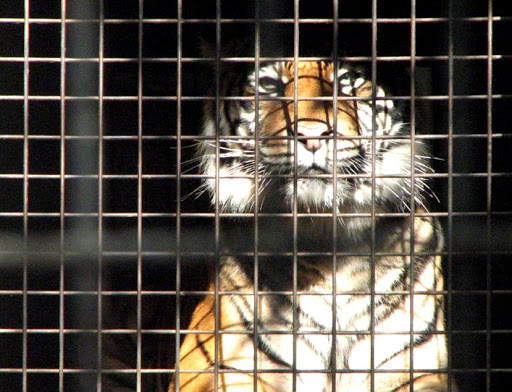 r cognition over impulse? We cannot know, because of that very limitation. To get close to how animals feel and think, we must let go of the backbone of our consciousness – reason – and feel blindly, as Costello describes, “Hughes is feeling his way towards a different kind of being-in-the-world (Coetzee, 95).”
r cognition over impulse? We cannot know, because of that very limitation. To get close to how animals feel and think, we must let go of the backbone of our consciousness – reason – and feel blindly, as Costello describes, “Hughes is feeling his way towards a different kind of being-in-the-world (Coetzee, 95).” ions emerge.
ions emerge.
